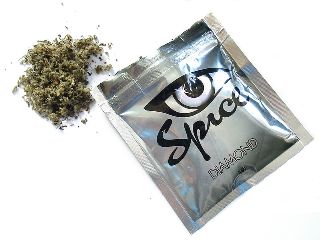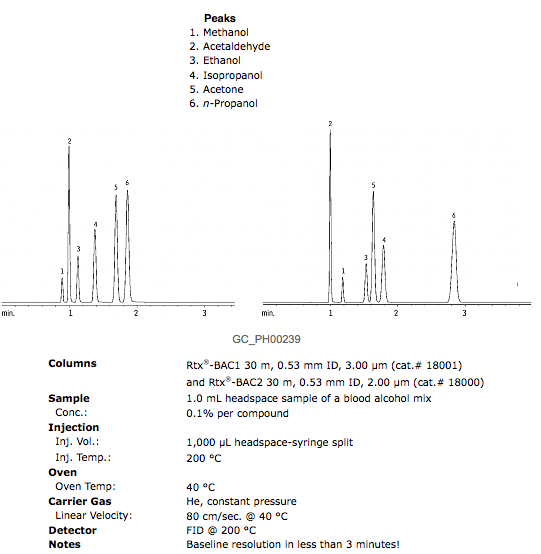One of the most frequent questions that I get from other lawyers is something like this:
- Can synthetic marijuana be tested for by GC-FID or GC-MS?
- Can marijuana be tested for by GC-FID or GC-MS?
- Can methamphetamine be tested for by GC-FID or GC-MS?
The truthful answer is, it depends. Let’s take for example the case of synthetic cannabinoids.

Background: synthetic cannabinoids comprise the chemicals JWH-018, JWH-073, JWH-200, JWH 250, CP-47,497, and cannabicyclohexanol.
In order to be able to “test” for it, you must be able to uniquely separate it (chromatographic separation based upon column selection and instrument conditions) and then be able to tell its unique identifying characteristic through its electron ionization and alpha cleavage protonization through use of the mass spectrometer as the detector. Finally once that occurs then you must be able to quantify the uniquely separated compound that is later uniquely cleaved. It is essential to note that you must have unique separation before any of this can occur. Separation first!
The problem as of now: With analytical testing for synthetic cannabinoids, the “problem” is not so much with the GC or the columns or even the detectors, but the lack of standards (SRMs or CRMs). As we know, we prove separation by making a separation matrix (a sample that is purposefully spiked with a range of like analytes derived from Certified Reference Materials to the target analyte) to later test through the instrument and the method to prove sufficient resolution (separation) between like compounds.

Figure 1 above: A Restek catalog example of a separation chromatogram involving ETOH as the target analyte where CRMs of methanol, ADH, ETOH, Isopropanol, acetone and n-propanol were introduced into a vial using a specified method recorded below the chromatogram.
So, without Certified Reference Materials, we have a problem of proving separation. Again, without separation that is unique we have no valid result. Unique separation depends upon proof through use of Certified Reference Materials. As of yesterday (when I checked), no company offers CRMs for these compounds.
Further, there is another level of complexity. If one uses Electron Impact-based GC-MS, we have a problem of the reference spectra for these compounds. In essence all EI-based GC-MS is is computer assisted pattern recognition. In order for that to work, one must have a reference spectra for these compounds from a legitimate source such as NIST or Sigma Aldridge. NIST and Sigma Aldridge, for example right now, are not carrying reference spectra for these compounds.
It is only a matter of time as we know these compounds molecular masses and simple acid-base chemistry will enable us to determine how the spectra for these compounds should look in EI-based GC-MS.
This will change rapidly as a lot of this year’s AAFS workshops and oral presentations concern the analytical chemistry of these compounds, the pharmacokinetics of these compounds, and the pharmacodynamics of these compounds. There is a lot of money to be made here for them.



William Maze says:
LOVE THAT SHIRT AND TIE COMBO!
Justin J. McShane says:
Thanks
mitchmanx says:
http://www.k2info.org { synthetic marijuana is bad news. | There has been a recent upturn in hospital visits involving synthetic marijuana. | synthetic marijuana is becoming a major problem in the US | k2 incense is really bad for you, people are getting sent to the hospital on a daily basis. | it would seem that the only way to stop synthetic marijuana would be to legalize and regulate the real thing. | k2 incense is dangerous| k2 incense and other synthetic marijuana products have some really nasty documented side effects|